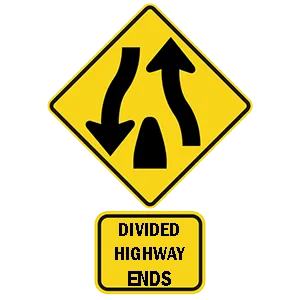FREE District Of Columbia DMV Practice Test #14 Page 2 of 3
This set of District Of Columbia DMV practise tests was been updated for January 2025. It includes questions based on the District Of Columbia Driver Handbook's most significant traffic signs and laws for 2025. Use actual questions that are very similar (often identical!) to the DMV driving permit test and driver's licence exam to study for the DMV driving permit test and driver's licence exam.
On the practise exam, each question gets a tip and explanation to help you remember the concepts. The written component of the official DMV test will include questions about traffic rules, traffic signs, and driving statutes, as well as information from the Driver Handbook.
To achieve the required passing grade, you must correctly answer 20 of the 25 questions. Take our DMV practise exam to help you prepare for your District Of Columbia instruction permit or driver's licence.
The DMV exam is available in several languages.
Using any form of testing help will result in an automatic fail, and the DMV may take further action against your driver's licence, so avoid it.
9 . This sign means:

Warning signs are usually yellow with black markings. This sign warns that the divided highway ends ahead. Prepare to change lanes or shift lane position.
10 . A traffic light displaying a green arrow and a red light means that:
If a green arrow is shown with a red light, you can only drive in the direction of the arrow and only if the intersection is clear.
11 . The driver ahead of you stops at a crosswalk. What should you do?
You must not pass a vehicle that is stopped at a crosswalk. There may be pedestrians crossing the street that you cannot see. Instead, stop, proceeding only after all pedestrians have crossed.
12 . Who must yield when a driver is turning and a pedestrian is crossing without a traffic light?
Drivers must yield to pedestrians when they are crossing at any intersection without a traffic light, whether or not there is a crosswalk.
13 . Always signal when:
Always use the proper turn signal when changing lanes, pulling into or out of a parking space, or pulling into traffic from an alley or parking area. Communicate with other drivers on the road to help prevent accidents.
14 . When changing lanes on a highway, you should:
Any time you want to change lanes, you should properly signal your intentions well in advance, check your mirrors, and check your blind spot. You can check your blind spot by glancing over your shoulder in the direction that you plan to move.
15 . You are merging onto an interstate highway. You should:
Anytime you want to merge with other drivers, you need to find a gap large enough for you to safely enter into the flow of traffic. You should not stop on the entrance ramp to an interstate highway unless there are no gaps into which you may safely merge.
16 . In inclement weather, you should:
When driving during unfavorable weather conditions, avoid slamming on the brakes and making sharp, quick turns. These behaviors will make controlling your vehicle in inclement weather even more difficult.
Need Car Insurance? No problem!
Compare the best rates in District Of Columbia and find a personalized policy that meets your needs.
1. Are You Currently insured ?
2. Married ?
3. Do you own your Home?
4. Do you have more than 1 car ?
5. Have you or a Family Member Honorably Served in U.S. Military ?
6. Your Name
7. Age
8. Zip code
IMPORTANT REMINDER:Auto Insurance is Mandatory to drive in District Of Columbia. Get covered before you hit the road to avoid any fines.
Ranked by best match



